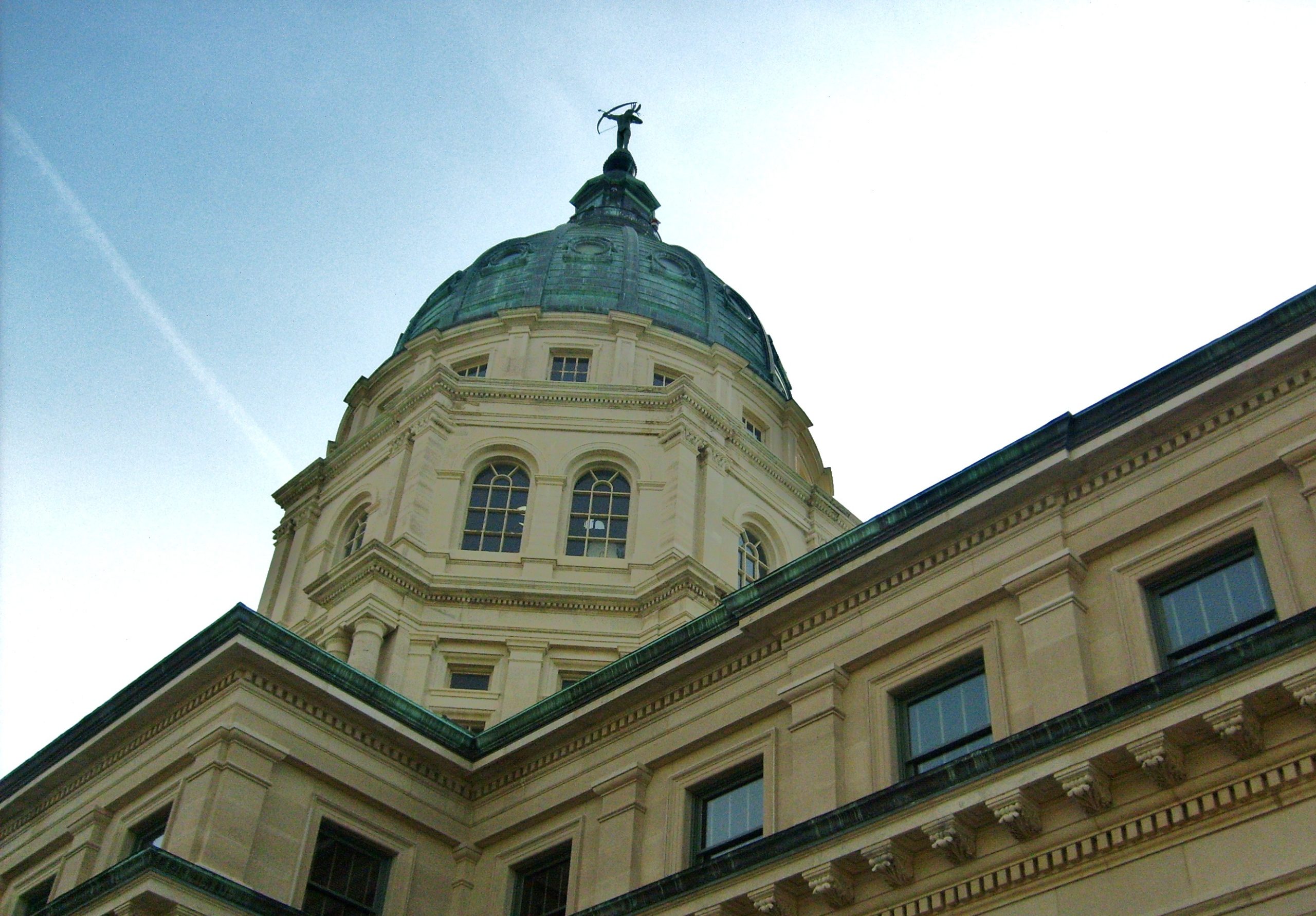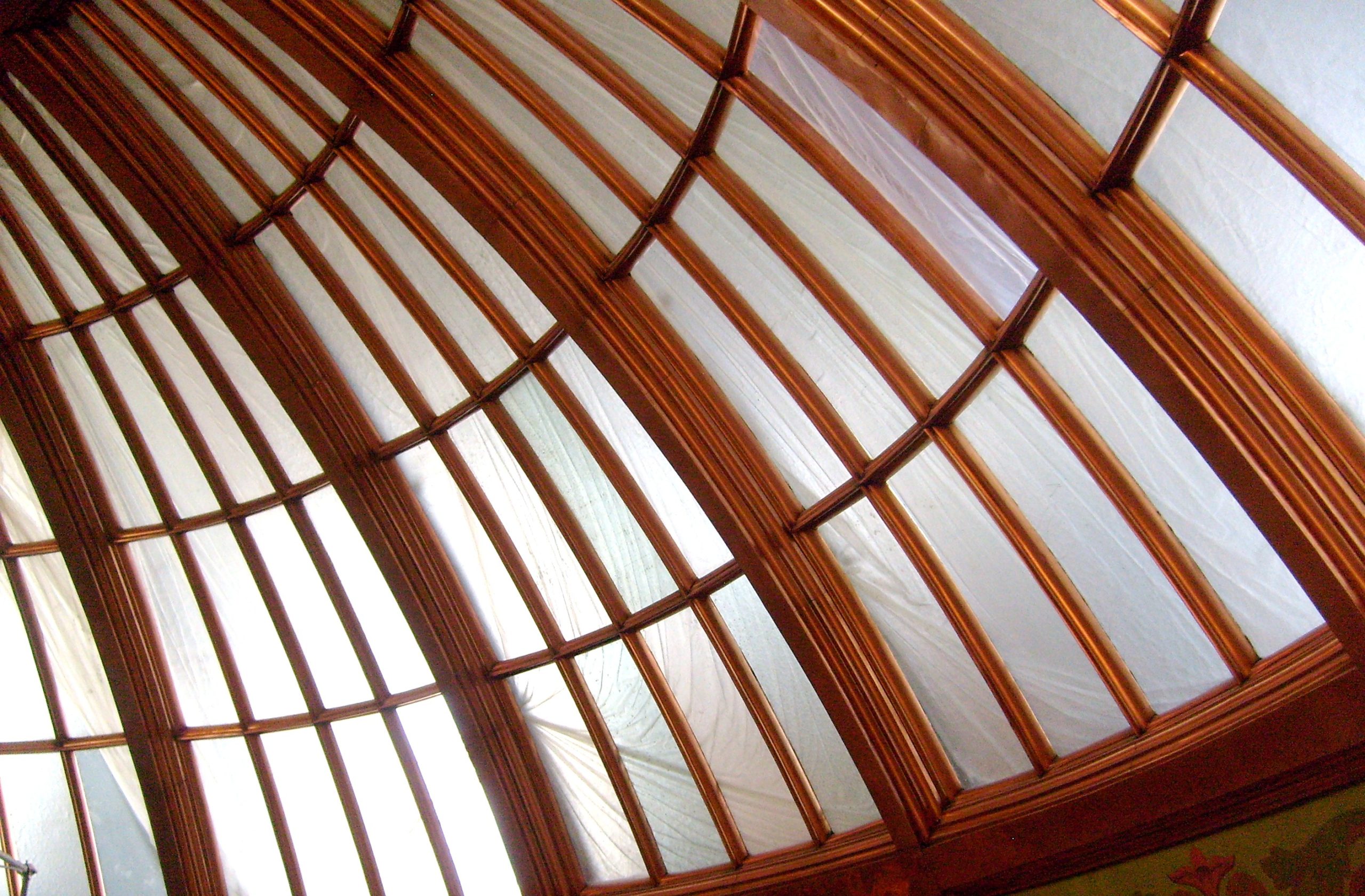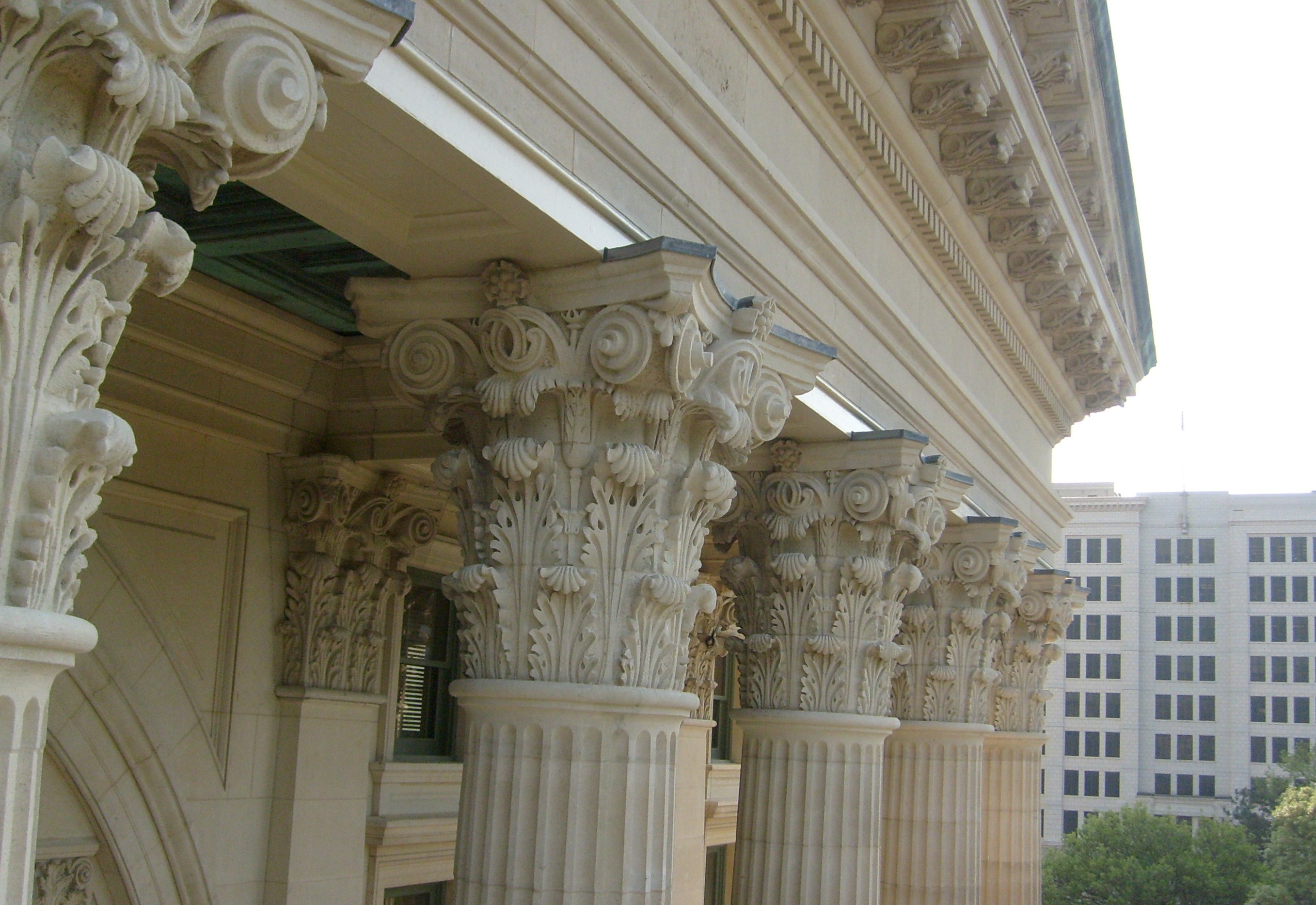How To Complete Non-Destructive Testing on Historical Structures
We provide civil engineering services on different types of historical buildings and structures. Each structure has their own features and processes for renovation in hopes of maintaining the historical style and design of the structure. One of those projects is probably the most recognizable building in the state of Kansas: the State Capitol building in Topeka.

Beginning in 2008, our technicians provided non-destructive testing services for the Kansas State House Renovation and Remodel project. We provided these services as a consultant to Geosource, who worked for the general contractor, J.E. Dunn Construction.
Testing was conducted to verify that construction conformed to the plans and specifications of the project. However, because of the historical nature of the Capitol building, testing of the construction required unique solutions.
The building, constructed in 1903, is listed on the National Register of Historic Places in Kansas. The goals of Treanor Architects, the lead architects on this multi-phased project, were to preserve the historical building but also modernize it. The project included restoring all floors; renovating the copper roof and dome; and adding an underground parking garage, a visitors’ center and office space.

Technicians used Holiday testing to verify the lacquer thickness on copper hand railings for certain staircases inside the building. They also verified the soldering techniques on the roof, and conducted nail and screw pull testing for the roof fastener clips.
Randy Purdue, EIT, CWI, NDT Level II, worked on the State House restoration toward the end of the project. He said the specialized non-destructive testing techniques were used to maintain the historical construction processes. Soldering roofs is more common on older buildings, and nail and screw pull testing was conducted on the roof fasteners because the wood was over 100 years old.
“Everything we did was outside of the norm,” Randy said.
These one-of-a-kind testing solutions allowed technicians to verify construction on the building conformed to plans and specifications while preserving the historical building.

Construction began in 2001 and finished in 2014, resulting in a total cost of $332 million, according to the Lawrence Journal-World. Conducting non-destructive testing on a historical structure may require unique and non-destructive methods, and our technicians have experience with those specialized techniques.
The historical State Capitol project provided a memorable opportunity for our technicians to help restore the building to its original glory, restoring the interior of the building and the copper dome on the exterior. They even got a unique view of Kansas during the project.
“One highlight was when we were working on the dome, we could see for miles,” Randy said.
